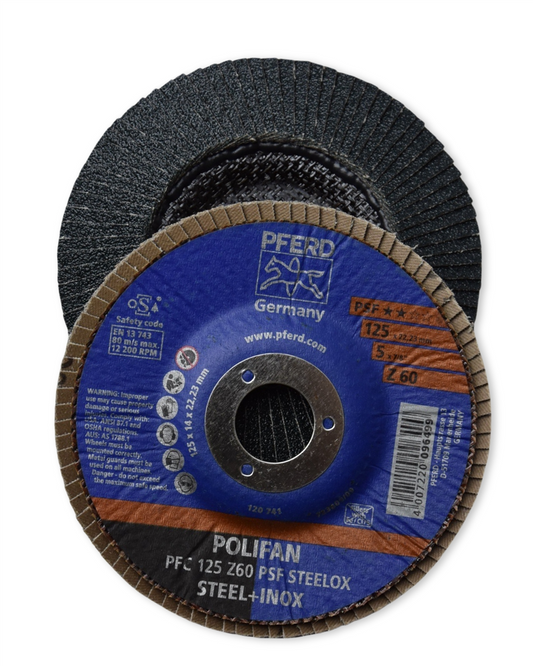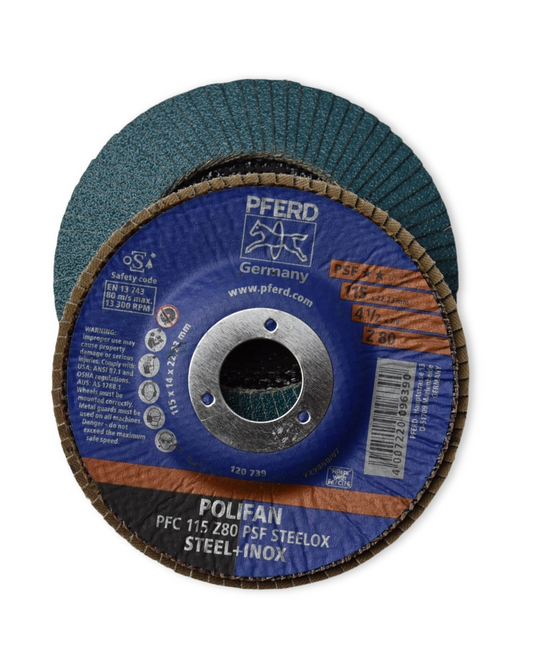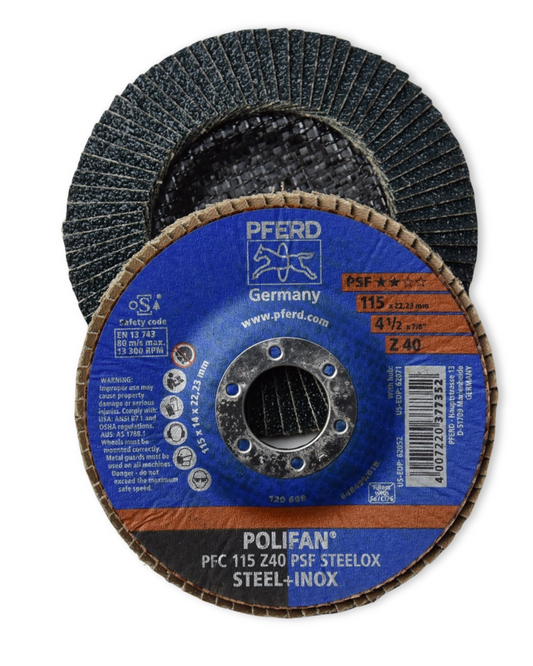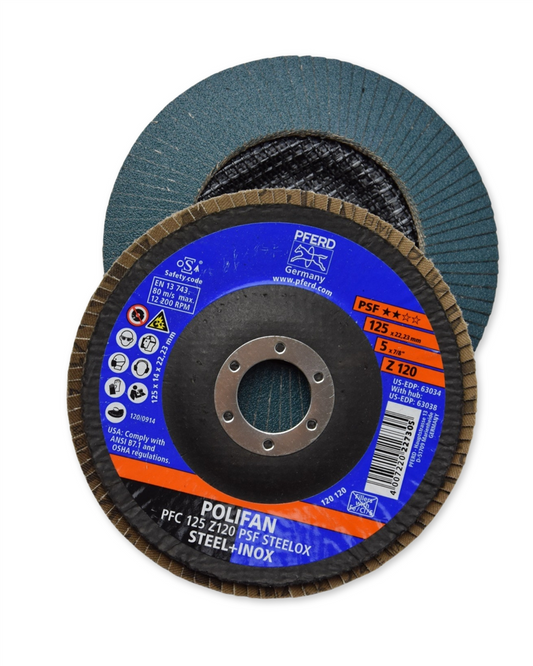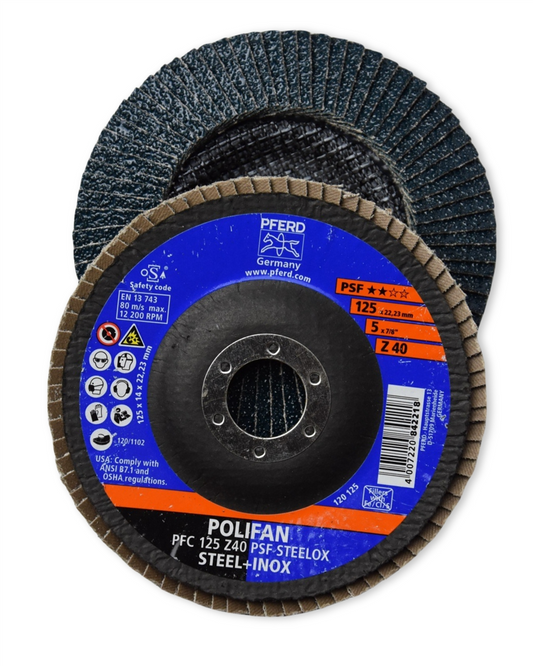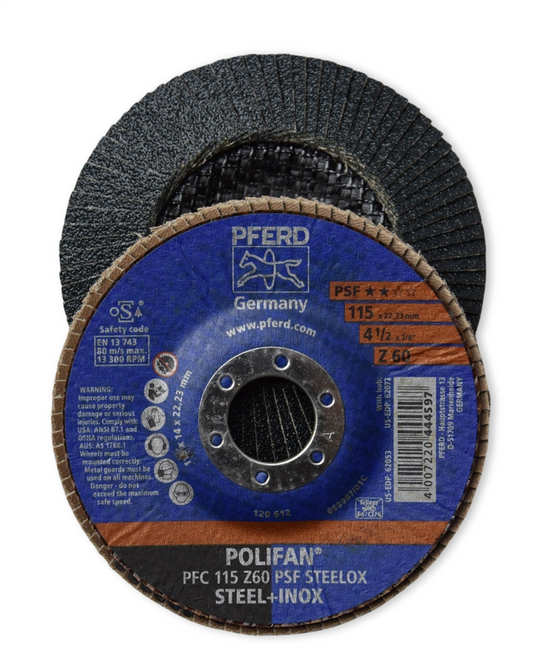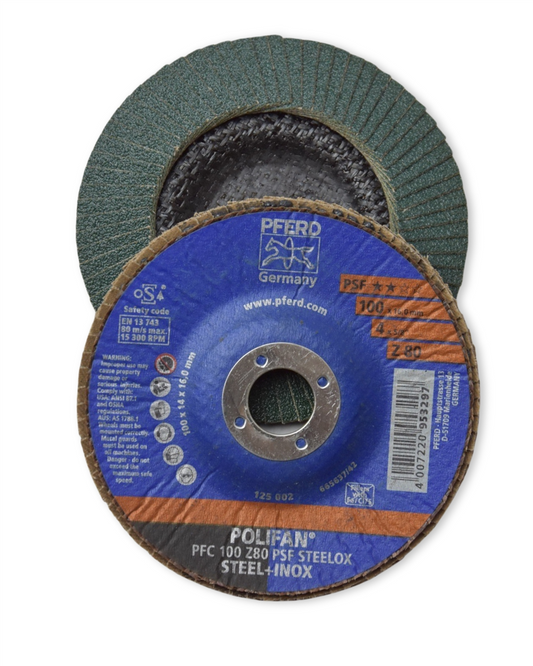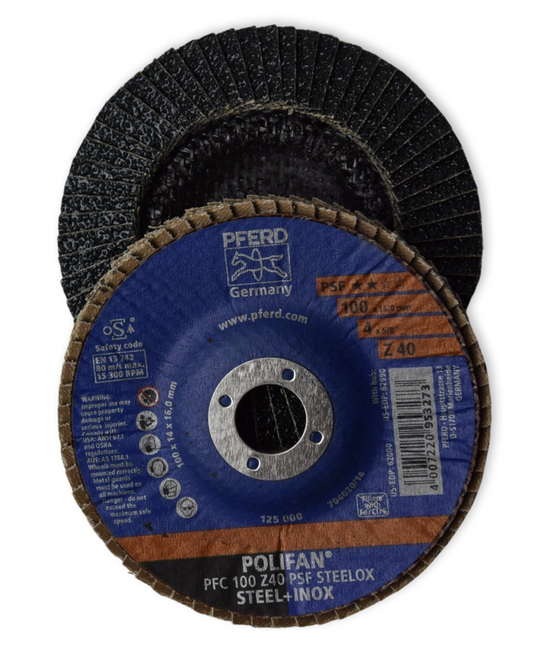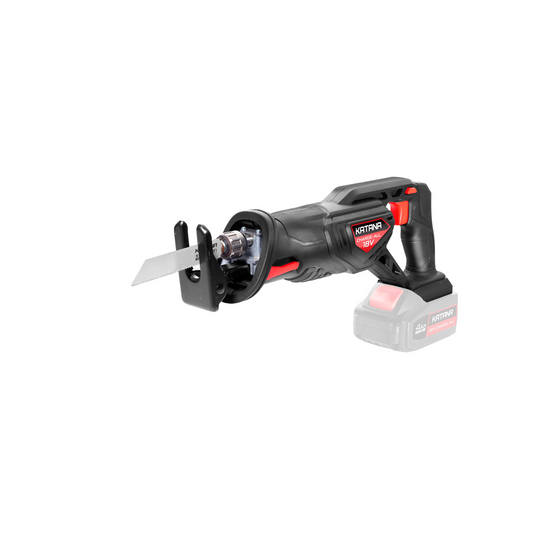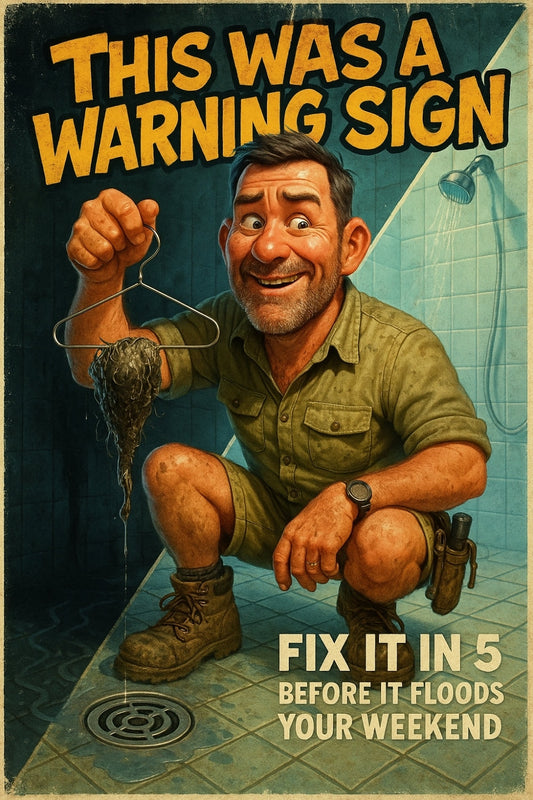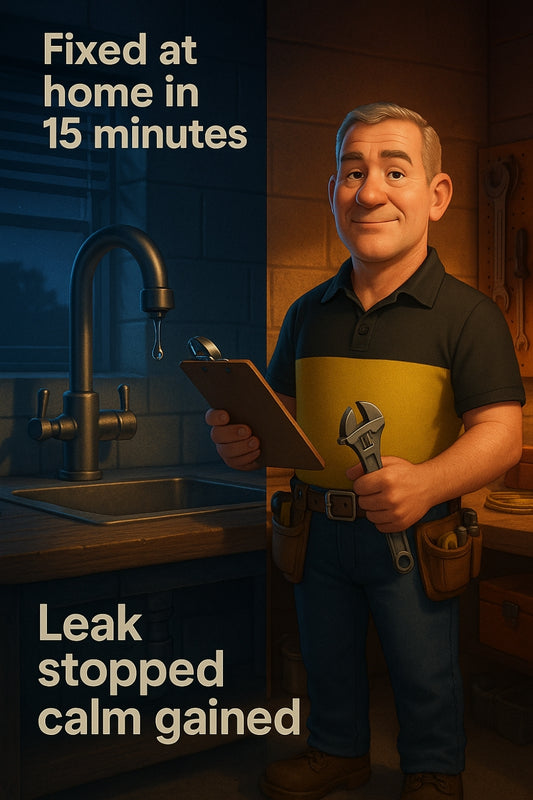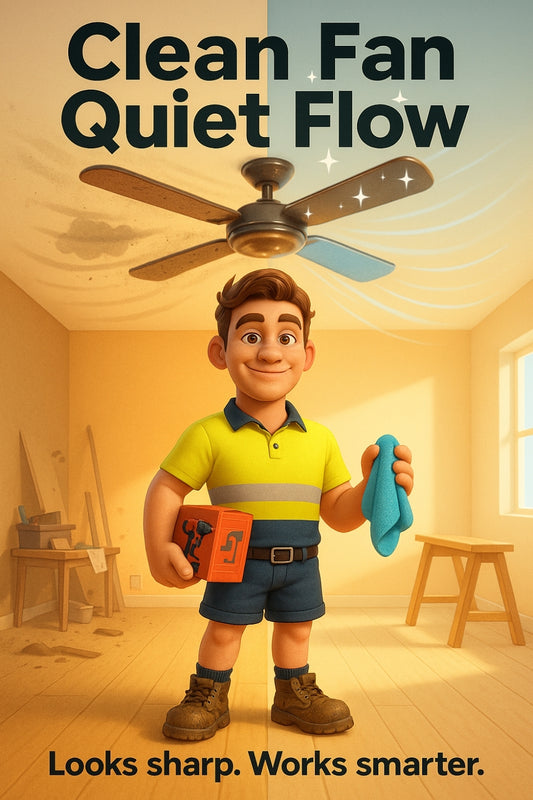When Should You Use Expanding Foam Sealant?
Share
Seal the Deal: When to Use Expanding Foam Sealant Around Your Home
Let’s chat about one of the most underestimated little gems in the DIY world—expanding foam sealant. You might’ve passed it on the shelf at Strathalbyn H Hardware, not giving it much thought. Maybe you’ve seen your builder mate use it and thought, “Looks messy, better not.” But here’s the thing—it’s not just a tub of bubbly goo. It’s your secret weapon for battling draughts, critters, and even noise. Yep. This stuff might just become your new best friend around the house.
So, what is expanding foam sealant?
It's a polyurethane-based foam that starts off like a liquid and then swells up, hardening into a firm, dense barrier once it sets. Think of it like whipped cream that turns into a strong sponge. But, of course—don’t eat it. That’d be uncomfortable.
It fills gaps, blocks airflow, keeps moisture out, and even helps with insulation. Pretty nifty, right?
When should you grab the can and start spraying?
Let me walk you through a few homegrown examples where expanding foam can save the day (and maybe even your electricity bill).
1. Stopping draughts that sneak in and crank up your heating bill
Ever stood near a window on a cold morning and felt that little breeze on the back of your neck, even though everything’s shut tight? Gaps around window frames and doors are the usual suspects. Using foam sealant here can sort that out quick. It's ideal for those tricky, uneven corners where regular caulking just doesn't cut it.
2. Patching up holes where pipes or cables enter your home
This one’s a game changer. You know that weird little gap where your garden tap's pipe pokes through the brick wall? Or behind the dryer duct? Those small holes are like wide-open doors for bugs, mice, and even water seepage. Sealing them up with foam makes it a fortress. I once had a family of ants making themselves at home behind a skirting board thanks to a gap behind an outdoor power conduit. Few sprays later—problem solved and haven’t seen a single soldier since.
3. Quieter, cosier kids' bedrooms
If you’ve got little ones sleeping upstairs, blocking sound from coming through floorboards can be a huge win—especially if one happens to be a light sleeper. Foam sealant can be used between wall cavities or around window sills to muffle sound dramatically. Makes story-time feel like a whisper session.
4. Sealing shed walls or ceiling gaps
If you’ve got a backyard shed that doubles as your man-cave, craft zone, or gardening supply haven, you’ll know how drafty it can get. Spray foam along the joins and overhead seams to keep things dry and warm—and stop wasps or spiders trespassing every other week.
5. Keeping out creepy crawlies and stickybeaks
This one’s for the rural warriors and garden lovers. Holes in brickwork, gaps under eaves or even in retaining walls can all become real estate for critters. Using expanding foam to fill those entrances is like hanging a “No Vacancy” sign outside your home. One customer at Strathalbyn once told me they foamed in the base of their aviary to stop rats. Not seeing a tail since.
Tips from the tin—and a few from me
- Only fill about 50% of the gap. The foam expands like crazy and will fill out the rest.
- Wear gloves. Seriously… it’s sticky stuff. And once it sets? Good luck getting it off your hands without taking a layer of skin.
- Trim any excess once it's fully dry with a sharp knife or a saw.
- Don’t use it around open flames or near light switches—safety first.
“It seems simple, but sealing up draughts and gaps can actually help reduce energy use and make your home noticeably more comfortable.”
When not to use it
It has its limits. Expanding foam is boss at sealing—but not a structural fix. Don’t expect it to support weight or patch large cracks in walls. Also, it's not a good idea in places where regular movement or major moisture occurs, like around plumbing joints inside the wall. Use the right product for the job—if in doubt, pop into Strathalbyn H Hardware and have a yarn with our team. We’re always happy to help you sort your foam from your filler.
So, should you keep a can handy at home?
Absolutely. From blocking draughts to bird-proofing the shed, expanding foam knows how to handle the gaps. Whether you’re a weekend warrior tinkering in the garage or a parent looking to make the house a little quieter (and likely a little cleaner), you’ll find a good few uses for it.
And it’s the kind of job anyone can do—no fancy tools or hours of prep. So go on, grab yourself a can and give it a go. There's something oddly satisfying about watching it puff up and lock everything into place, leaving your home just that bit better than it was yesterday.
Happy sealing,
Candeece 😊

Stay Connected
Follow our Facebook Page: Strathalbyn H Hardware on Facebook


